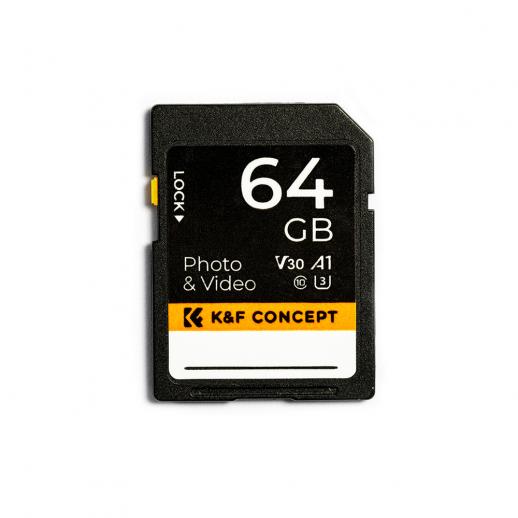How To Read Sd Card On Mac?
Reading an SD card on a Mac is a common task that many users need to perform, whether for transferring photos, videos, or other files. However, not everyone is familiar with the process, and there can be various issues that arise. In this article, we will cover the step-by-step process of reading an SD card on a Mac, troubleshoot common problems, and provide tips for maintaining your SD card and data integrity.

Step-by-Step Guide to Reading an SD Card on a Mac
1. Check Your Mac for an SD Card Slot
- Older Mac Models: Many older MacBook Pro and iMac models come with a built-in SD card slot. This slot is usually located on the side of the MacBook or the back of the iMac.
- Newer Mac Models: Newer Mac models, such as the MacBook Air and the latest MacBook Pro, may not have an SD card slot. In this case, you will need an external SD card reader that connects via USB or USB-C.
2. Insert the SD Card
- Built-in Slot: If your Mac has a built-in SD card slot, simply insert the SD card into the slot. Ensure that the card is oriented correctly; the metal contacts should face down and towards the computer.
- External Reader: If you are using an external SD card reader, connect the reader to your Mac and then insert the SD card into the reader.
3. Access the SD Card
- Once the SD card is inserted, it should automatically appear on your desktop as an external drive. You can also find it in the Finder sidebar under "Devices."
- Double-click the SD card icon to open it and view its contents.
Troubleshooting Common Issues
1. SD Card Not Recognized
- Check Connections: Ensure that the SD card is properly inserted into the slot or reader. If using an external reader, make sure it is securely connected to your Mac.
- Try Another Port: If you are using an external reader, try connecting it to a different USB or USB-C port on your Mac.
- Restart Your Mac: Sometimes, a simple restart can resolve recognition issues.
- Check Finder Preferences: Go to Finder > Preferences > General and ensure that "External disks" is checked. This will make sure that external drives, including SD cards, appear on your desktop.
2. SD Card Not Showing Up in Finder
- Disk Utility: Open Disk Utility (Applications > Utilities > Disk Utility) and see if the SD card appears in the list of drives. If it does, you may need to mount it manually by selecting the SD card and clicking the "Mount" button.
- Reformat the SD Card: If the SD card appears in Disk Utility but not in Finder, it may be formatted in a way that macOS cannot read. You can reformat the SD card using Disk Utility, but be aware that this will erase all data on the card. Select the SD card in Disk Utility, click "Erase," choose a compatible format (such as ExFAT or MS-DOS (FAT)), and click "Erase" again.
3. Data Corruption or Read/Write Errors
- Backup Data: If you can access the SD card but encounter errors, immediately back up any important data to your Mac or another storage device.
- Check for Physical Damage: Inspect the SD card for any visible signs of damage, such as cracks or bent metal contacts. A damaged card may need to be replaced.
- Use Disk Utility First Aid: Open Disk Utility, select the SD card, and click "First Aid" to check for and repair any file system errors.
Tips for Maintaining Your SD Card and Data Integrity
1. Safely Eject the SD Card
- Always eject the SD card properly before removing it from your Mac. Right-click the SD card icon on your desktop and select "Eject," or drag the icon to the Trash. This helps prevent data corruption.
2. Regular Backups
- Regularly back up the data on your SD card to your Mac or another storage device. This ensures that you do not lose important files in case of card failure.
3. Avoid Physical Damage
- Handle your SD card with care. Avoid exposing it to extreme temperatures, moisture, or physical stress. Store it in a protective case when not in use.
4. Use Quality SD Cards
- Invest in high-quality SD cards from reputable brands. Cheaper, lower-quality cards are more prone to failure and data corruption.
5. Keep Software Updated
- Ensure that your macOS and any relevant software (such as photo or video editing programs) are up to date. Software updates often include improvements and bug fixes that can enhance compatibility and performance with external devices like SD cards.
Reading an SD card on a Mac is generally a straightforward process, but it can sometimes present challenges. By following the steps outlined in this article, you should be able to access your SD card and troubleshoot any issues that arise. Remember to handle your SD card with care, back up your data regularly, and keep your software updated to ensure a smooth and reliable experience. Whether you are transferring photos, videos, or other files, these tips will help you make the most of your SD card and maintain the integrity of your data.

There are no comments for this blog.